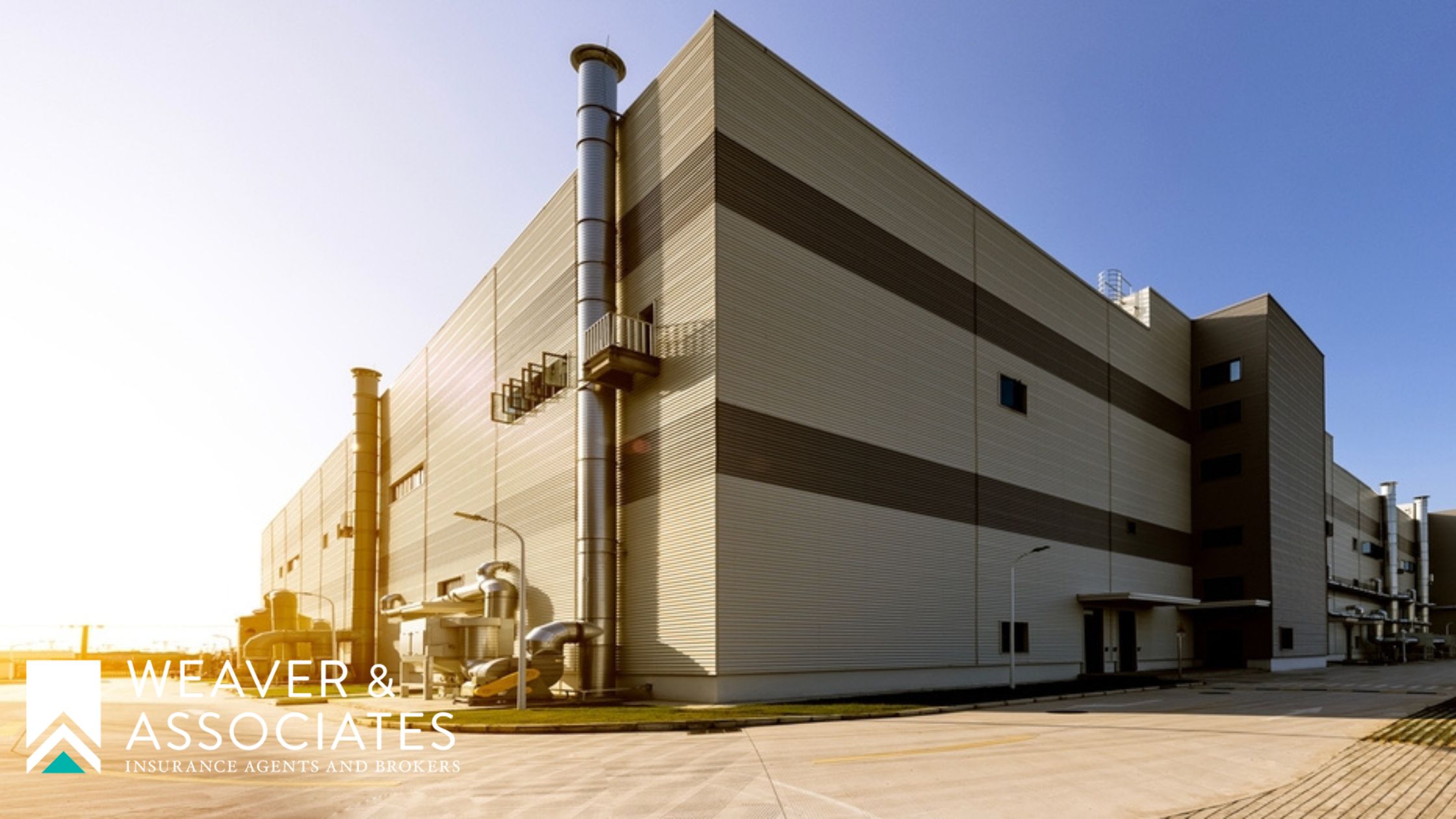Knowing how to handle an emergency is a critical skill for business owners. The effect of emergencies on businesses is much different from private residences. Businesses are at risk of losing assets, temporarily shutting down, endangering staff, losing data/files, and more. The possible damage can’t be estimated. Sadly, some business owners never think of the odds of an emergency or natural disaster, nor do they plan their response. We are here to help you think about how to best handle possible emergencies and help you set up an effective emergency response.
How to Prepare for Different Kinds of Natural Disasters
While natural disasters often can’t be avoided, there are things you can do to help prepare your company to respond quickly in the event of a disaster.
-
Start By Analysing Possible Emergencies
To stay ahead of emergencies, you have to plan. Analyzing the possible natural disasters that could happen where your business is located is important. Don’t forget to look at major suppliers for your business and possible natural disasters in their locations.
-
Talk to the Emergency Response in Your State/Country
To put the best response plan in place for your business, talk to the different emergency officials in your state. Each state has an emergency response office for common disasters. Engage them to plan an emergency response for you and your staff.
-
Evaluate the Impact of an Emergency on Your Business
Having evaluated possible emergencies and natural disasters and planned for them, the next line of action is to think of the possible impact of the emergency on your business. Could your physical place of business be lost? Would data and files be secure? How does it affect your operations? Could there be possible fines from the government? Would it affect the operations and pending orders? How much money and properties can be lost? Confronting these questions before an emergency occurs can help you mitigate issues and make difficult decisions if an emergency happens.
-
Test Run Your Emergency Response Plan
After planning and writing your emergency response plan for different scenarios, it is wise to test run your emergency response plan. This is to ensure you have a comprehensive plan that works. It also affords you the luxury of seeing glitches in your plan and adjusting them before the actual disaster happens.
-
Make Plans for Recovery and Insurance Coverage
Every business must have a recovery plan alongside an emergency response plan. There’s very little you can do to stop some emergencies. However, you can control the factors at your disposal. Businesses are better off choosing insurance that has comprehensive coverage for risks they cannot maneuver. Risks that would also cost businesses increased expenses are better off insured so that they can kick start recovery plans without being hindered by a lack of funds.
To make the best of your insurance, engage your insurance provider about possible emergencies and disasters you have evaluated. Ensure your active plan has coverage for the risks you’re trying to avoid. For assistance with all your insurance needs, contact the experts at Weaver & Associates in Arcadia, California today.







